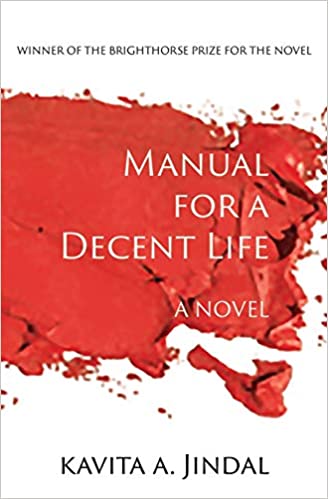A winner of the Brighthorse Prize, Kavita A Jindal’s debut novel builds slowly at first; the mood is tense, both pace and complexity rise steadily to an almost rabid crescendo. Jindal’s rich prose seduces you into northern India: Uttar Pradesh, Delhi and rural Theog—the sights, sounds, people, and places. The dialogue is crisp and convincing. The patina of domestic settings and familial relationships is believable.
The key players are Waheeda: Muslim, single mother (separated from her artist husband), and Monish: Hindu, playboy, eldest son of a business tycoon. We see an India of the late twentieth century from Waheeda and Monish’s very different perspectives, but at times the novel feels more of an ensemble piece, so convincingly rendered are the other characters—family, friends, enemies—many of whom may be more than one of these.
Even on first reading, the book drips with symbolism and portent. The expectation of tragedy builds from the outset with the presence of a single magpie, for what bird better heralds evil? Is Waheeda’s adaab to the gardener really a salute to ward off the sorrow on the drive? The evocative opening foreshadows the most horrific—and unexpected—moments to come.

